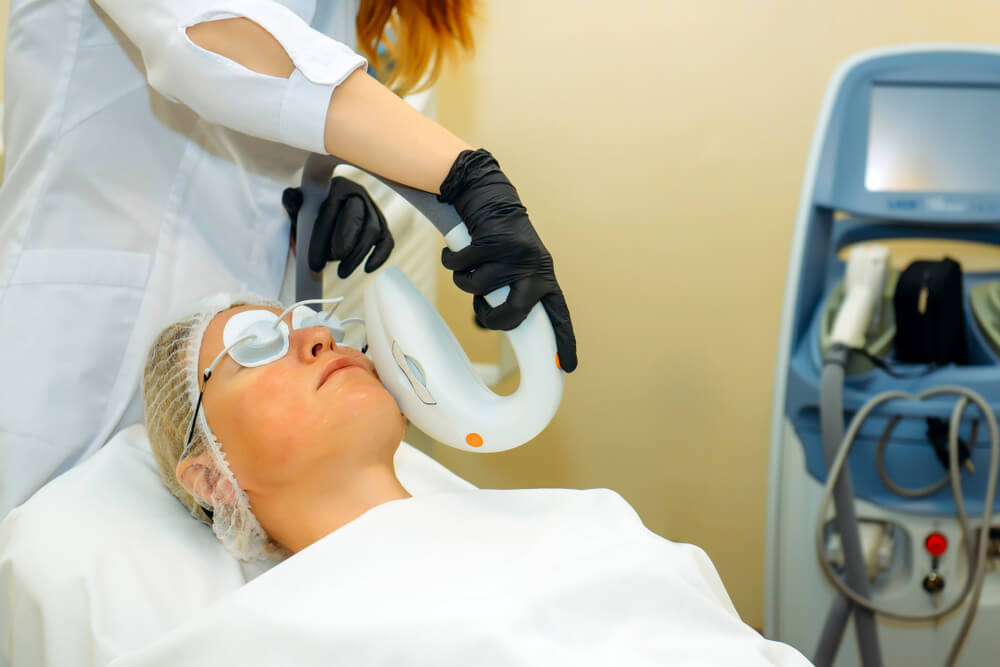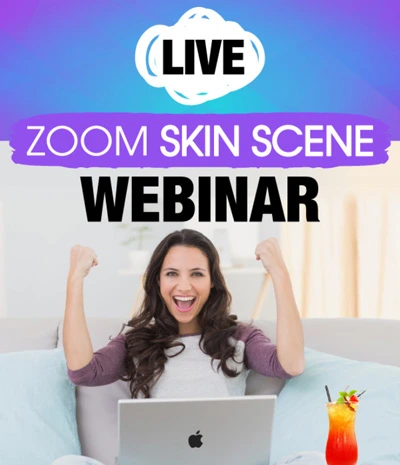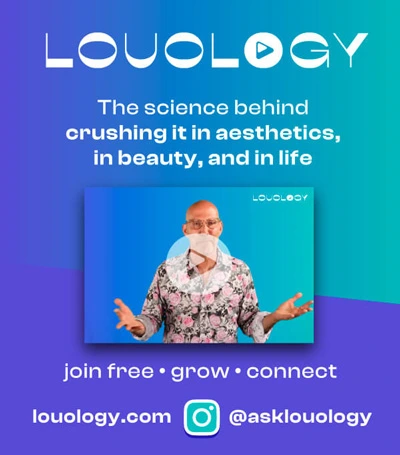Photofacial Education Phoenix
 A LOT goes in to a IPL Photofacial Education in Phoenix. And, as a new student, there’s A LOT you’ll need to learn. Thankfully, a career in lasers can be very rewarding!
A LOT goes in to a IPL Photofacial Education in Phoenix. And, as a new student, there’s A LOT you’ll need to learn. Thankfully, a career in lasers can be very rewarding!
IPL Photofacials and Skin Type
Now a day, we use a special skin chart to help decide if IPL will work for your skin type. The Fitzpatrick classification breaks skin into 6 different types.
- Pale white skin, blue/green eyes, blond/red hair. | Always burns, does not tan.
- Fair skin, blue eyes. | Burns easily, tans poorly.
- Darker white skin. | Tans after initial burn.
- Light brown skin. | Burns minimally, tans easily.
- Brown skin. | Rarely burns, tans dark and easily.
- Dark brown or black skin. | Never burns, always tans darkly.
Commonly, the Fitzpatrick scale is used to classify your skins reaction to sun exposure. Those who tan easily, typically have more melanin pigment in their skin. Skin color is the best indicator of melanin levels. Further, ethnicity and family history also play a role in a persons skin type.
We can use this scale to determine whether someone needs protection against sun-exposure. In general, the darker your skin, the easier you’ll tan. And, the fairy your skin, the easier you’ll burn.
Once You’ve Determined Skin Type
After establishing a persons skin type, you can then use the scale to decide whether IPL will work for them. IPL (and laser) are used to treat areas of over-pigmentation like sun-spots. Ideally, IPL would work with regardless of skin type, but that’s not the case (at least not yet).
Normally those with a Fitzpatrick skin type 1-3 work best for Photofacials. Because light is attracted to colored targets in the skin, those with dark spots will benefit most. Similarly, clients with dark skin (types 4-6) and dark spots may find IPL to be ineffective.
But, skin color is not always a good indicator of skin type. Today, we are more racially diverse than ever before. A LOT of us are multi-racial, with a mixture of ethnic backgrounds from our parents, grandparents, etc. Therefore, even those with fair looking skin, may respond to IPL as if they had dark skin, and vice versa.
To sum up, we always recommend discussing treatment with a professional first. And anyone working as a laser tech would probably agree, that’s the easiest way!
What’s An Education In Photofacials Is All About
Going back to school for a Photofacial Education in Phoenix is a great way to help people achieve that lively complexion. Additionally, you can also use IPL to remove the following from your skin:
- Rosacea
- Broken blood vessels
- age spots
- redness
- brown spots
Being able to people with the above can be very rewarding. Because let’s face it, no one wants to live with age spots all over their arms. But with more Phoenix residents educating themselves in photofacial treatments, that means less people will have to!
Learn more about a Photofacial Education in Phoenix by giving us a call at: 800.982.6817
Starting A Photofacial Career In Phoenix
You will need a certification to perform laser services in Phoenix. In addition to IPL-facials, our laser course will teach a handful of useful skills and laser safety. NLI has been in the Industry for over 17 years, and has the experience to back their course 100%
Check out our Photofacial Education Phoenix FAQ’s.
During our Online Comprehensive Laser Course you will receive online classroom laser training with a variety of instructors and live demonstrations with several hours on each modality. Then choose one of our nationwide locations to attend your clinicals for hands-on learning!
Modalities include Laser Hair Removal, Photofacial, Laser Skin Rejuvenation, Radiofrequency Skin Rejuvenation, Coolsculpting, Cellulite Reduction, Tattoo Removal, Radiofrequency Skin Tightening, and Microneedling.








